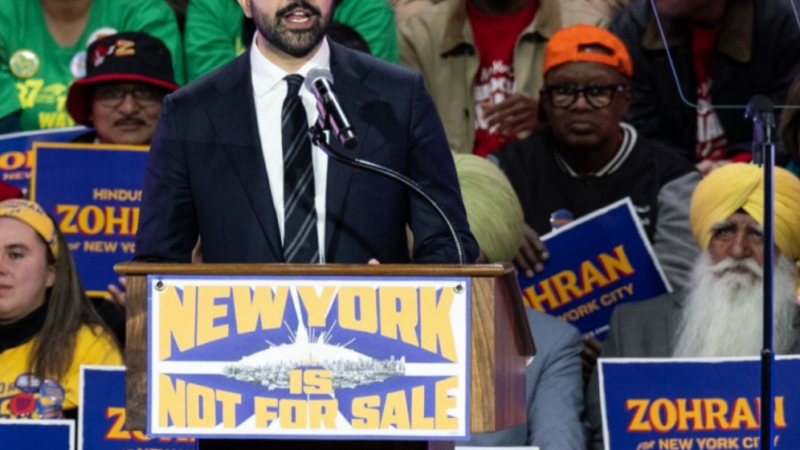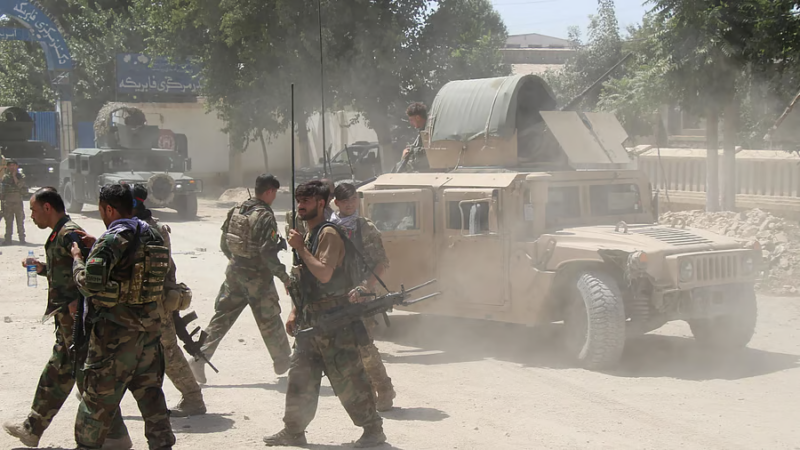The Political Crisis in Pakistan and the PTI’s Protest Movement

The escalating tensions between the ruling coalition government and the Pakistan Tehreek-e-Insaaf (PTI), marked by mutual distrust and increasingly polarised political tactics, have deepened Pakistan’s political instability. While the PTI launched its nationwide protest to challenge what it claims is a “stolen mandate”, the ruling coalition has responded with legal restrictions, mass arrests and forceful crackdowns. This entrenched conflict, compounded by opposition from other political groups and the chaotic execution of protests, has further fragmented Pakistan’s political landscape and left the nation in a state of heightened division and uncertainty.
Amid escalating tensions with the ruling coalition government, the Pakistan Tehreek-e-Insaaf (PTI) launched its long-anticipated nationwide protest, culminating in Islamabad on 24 November 2024. Before arriving at D-Chowk, the convoys of protestors encountered numerous obstacles, including physical barriers on major highways leading to the capital and heightened security within the city. Although speculation about the protest’s specifics had circulated for months, the plan was finalised by jailed party leader and former prime minister, Imran Khan, just days before the convoys set out. The recent few days have been filled with allegations of misconduct from both sides, fuelling tension and hysteria reminiscent of the ‘Azadi March’ in 2022 and the 9 May 2023 riots.
Several issues have been highlighted by Khan and other PTI leaders, such as the continued incarceration of Khan and other top PTI leaders, the arrest of PTI supporters and that of the “stolen mandate”. Khan and the PTI have consistently maintained that the general elections that took place earlier this year were rigged and that the current coalition government is running on the “PTI’s stolen mandate”. Moreover, the recent passage of the 26th Amendment Act, which gave the executive greater control over the judiciary and high-level judicial appointments, has further incensed the PTI and its supporters, prompting them to organise another mass mobilisation movement. Khan had issued a “final call” for the protests, urging all those at home and abroad to rally in solidarity with the PTI’s nationwide movement against the current ‘dictatorial regime’.
However, Khan and the PTI’s plans faced widespread opposition and condemnation from the ruling coalition government. On 22 November 2024, the Islamabad High Court ruled that the PTI’s planned protest was illegal and directed the government to implement all measures necessary to contain the protests. The Court order also directed the Ministry of Interior to form a committee to engage with the PTI leadership. The National Highways and Motorway Police also released a statement announcing that six key motorways would be closed for all types of traffic on 23 November 2024, stating that it anticipated a law and order situation from the protestors.
Moreover, not all opposition groups agreed with the PTI’s approach. Jamiat Ulema-e-Islam-Fazl (JUI-F) Chief Maulana Fazlur Rehman claimed that the PTI plan “lacked strategy“. He maintained that “it is not an appropriate time for the PTI to protest and constant protests would lose their importance”. The Mahmood Khan Achakzai-led opposition alliance, Tehreek-e-Tahafuz Ayeen-e-Pakistan (TTAP), also voiced its disagreement with the PTI’s plans. The TTAP leadership advocated for the inclusion of all opposition parties, including JUI-F, in any movement aimed at the restoration of democracy. They also expressed concerns that the protest plan was hastily devised and could potentially become a political setback for the opposition.
Nevertheless, a large convoy led by Khan’s wife Bushra Bibi and Ali Amin Gandapur, Chief Minister in the northwestern province of Khyber Pakhtunkhwa, left Peshawar on Sunday, 24 November 2024, and made the journey towards D-Chowk, a large town square near the country’s parliament. In response, the government warned that some 4,000 supporters had already been detained. Furthermore, Interior Minister Mohsin Naqvi announced that Islamabad’s red zone had been cordoned off and that “anyone reaching it will be arrested”.
The PTI convoy eventually arrived in Islamabad on November 25, where Bushra Bibi urged supporters to remain until Khan’s release was secured. On November 26, the convoy had reached the edge of the red zone, where government houses and embassies are located. Here, thousands of PTI demonstrators clashed with security personnel, facing off against tear gas and rubber bullets. Later that night, the government led an operation against the PTI protests, where hundreds of workers were arrested and convoy leaders Gandapur and Bibi were forced to flee. By the morning of November 27, the roads were clear and workers began picking up debris left behind from the previous few days, and the PTI announced the suspension of the protests.
Exactly what happened remains unclear. Khan’s aides alleged that security forces used live rounds against the protestors and that thousands had been arrested. Naqvi, however, rejected this claim and stated that weapons, including automatic rifles and tear gas guns, were seized from the protestors during the crackdown. Amid the confusion, the PTI and other rights groups, such as Amnesty International, have called for an independent inquiry into the events that transpired.
What is clear, however, is that relations between the opposition and the ruling coalition have reached an all-time low. Previously, there was some room for dialogue to seek common ground, but the government has now made it clear that it will adopt a firm stance to suppress the PTI and its supporters.






